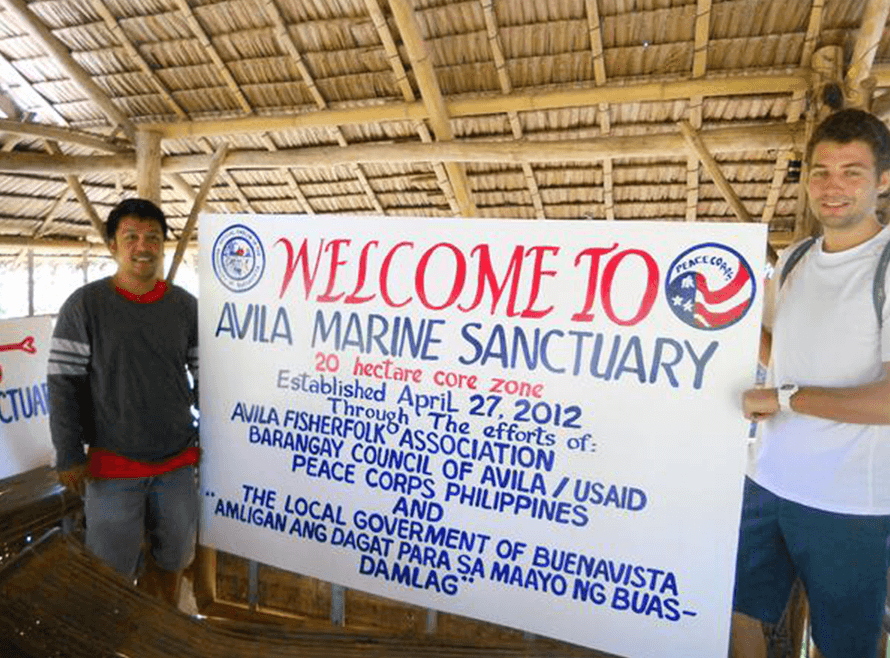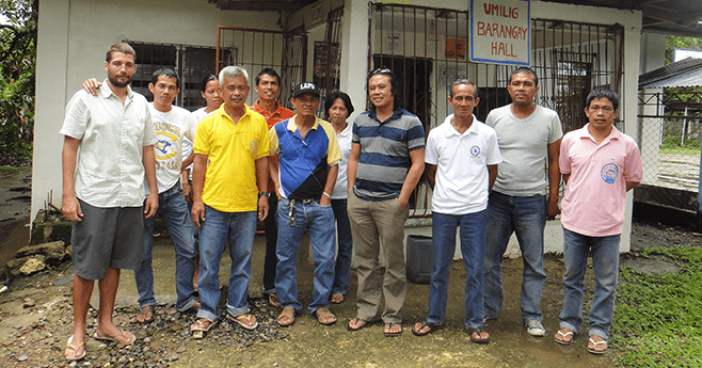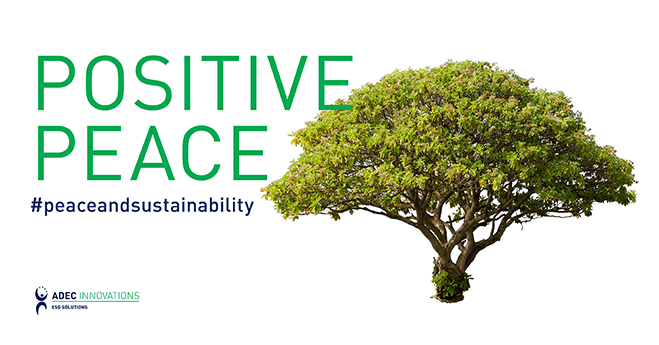Global climate change is heavily disrupting many ecosystems across the world. While some countries fail to acknowledge the importance and urgency of the matter, others are working to prioritize climate change adaptation and resiliency in their policy and planning goals. As it is particularly threatened by global climate change due to its status as one of the world’s largest archipelago nations, the Philippines has made great strides to build global climate change resiliency.
In August 2010, FirstCarbon Solutions’ (FCS) Robert Carroll was assigned to the rural Central Philippine island of Guimaras by the U.S. Peace Corps to establish a marine sanctuary. The area suffers from overfishing problems, in part due to a lack of enforcement by the government. This triggered the need for another solution to protect local marine life.
According to Carroll, due to the economic fragility of the Philippines, the government’s main priority in the area was food security, rather than global climate change resiliency. Accordingly, he stated that the greatest challenge that he faced was convincing the community to support the sanctuary. He worked hard to persuade them that marine sanctuaries are important for sustainability, even if they meant short-term economic setbacks. Instead of focusing on the immediate drawbacks, he worked to educate the people and highlight the long-term benefits for the environment and the economy, as these marine sanctuaries could provide opportunities for ecotourism and alternative livelihoods down the road. Carroll specifically promoted environmental awareness and conservation through educating fisherfolk, conducting research to obtain baseline data, writing grants from USAID for funding, and providing technical support.

The work that Carroll completed in Guimaras follows a similar pattern to that of the marine sanctuary established on Apo Island in the 1970s and ‘80s. A once overfished area dominated by fisherfolk that were hesitant to change, Apo Island has blossomed back into a thriving ecosystem, allowing for the growth of ecotourism and jobs. This has served as an inspiration for other marine sanctuaries in the area.
The work that Carroll did while in the Philippines highlights an important global struggle: economic instability has the potential to preclude regions from achieving long-term environmental sustainability. While Carroll was able to offer aid and insight on the importance of environmental issues, the effectiveness of his approach to addressing climate change resiliency-building in the area demonstrates how vital local grassroots movements are to true global change.
Despite being a country that is highly susceptible to the effects of global climate change, the Philippines has not historically taken major strides towards establishing climate change resilience. However, when Typhoon Haiyan hit in 2013, this was a wake-up call for the Philippine government to take action against global climate change. Typhoon Haiyan’s winds reached speeds of 196 miles per hour. The effects of the storm were exacerbated by the weak infrastructure of many buildings in the Philippines, as most civilians were living in structures made of wood, bamboo, or other similar materials that could not provide adequate shelter. By the end of the storm, there were over 6,000 fatalities. Since then, there have been both regional and national efforts to build climate resilience in the Philippines.
In April 2017, representatives from the Department of Environmental and Natural Resources Office, local governmental officials from five municipalities in Guimaras, National Government Agency heads, chairpersons of Peoples Organizations, and participating state universities and colleges signed a Memorandum of Agreement (MOA) to “strengthen and revitalize the network of management for the protection of the Marine Protected Areas (MPAs) in the island-province of Guimaras.” This was prompted by the Coastal and Marine Ecosystems Management Program (CMEMP), a commitment by involved parties to “comprehensively manage, address, and effectively reduce the drivers and threats of degradation of the coastal and marine ecosystems in Guimaras and to achieve and promote sustainability of ecosystem services, food security, and climate change resiliency.” Like Carroll’s work, the memorandum acknowledges the importance of MPAs and demonstrates a commitment to regional cooperation to address issues of global climate change. However, these efforts do not stop at the regional level—they have since escalated to a national level.
The Philippine government has made a bold commitment to establishing climate resilience by building a “back-up city” to Manila called New Clark City. The city will incorporate green design to minimize emissions and infrastructure like “no-build zones” as a climate change adaptation practice. The Philippines is taking an extra step to minimize its ecological footprint by mixing lahar, locally-sourced remnants from volcano explosions, with concrete to construct its buildings. These measures illustrate careful and thoughtful design to minimize impacts on and effects from global climate change. While New Clark City is being planned to incorporate green technology, the critical difference in climate resiliency is the geographic location. New Clark City will be built at a higher elevation away from any fault lines and protected by a mountain range. It is projected to be completed in about 30 years, and Carroll predicts this will eventually transition to become the new capital city. This project illustrates the immense efforts that the national government is dedicating to global climate change resiliency.
Carroll returned to the Philippines in November 2017, where a new Peace Corps volunteer was working to expand the sanctuary that he had built.
The Philippines should be commended for its continued dedication at multiple levels to promote climate change resilience, having devoted a tremendous effort over the years towards combating global climate change and equipping itself for its repercussions.
Robert Carroll is a biologist at FirstCarbon Solutions. After creating and facilitating coastal resource management planning and assessment workshops in Guimaras communities, he conducted extensive marine research with Oregon State University and the Oregon Department of Fish and Wildlife. At FCS, Robert helps clients ensure environmental regulatory compliance and permitting, including performing field studies, conducting research, and providing support for environmental impact reports and assessments.
FirstCarbon Solutions, an ADEC Innovation, advances sustainable practices around the world and helps organizations responsibly grow and operate their businesses. For more information on the effectiveness of sustainability plans, download our white paper.




